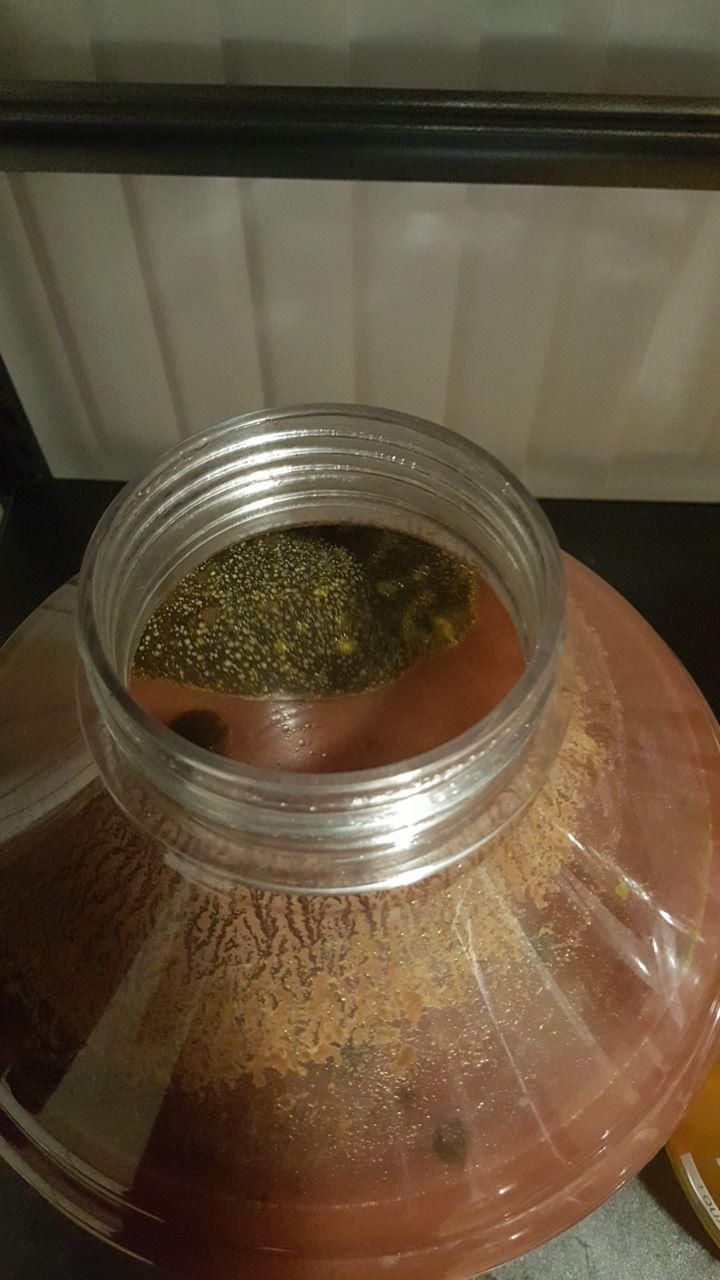treyntowin
New Member
- Joined
- Aug 8, 2017
- Messages
- 3
- Reaction score
- 0
I wanted to try an experiment with making an Acai mead. Sanitized just like normal, looked at the ingredients that I was able to get; the Sambazon brand Acai puree (unsweetened), with nothing in there except for < .5% vitamin c and soy lecithin.
I've never seen an oil slick like this before. Is this common with berry-based meads? I didn't see it in my Apricot mead.
Also; hard to tell, but the discolorations in the oil are fermentation bubble pockets, I watched them form and shift around.

I've never seen an oil slick like this before. Is this common with berry-based meads? I didn't see it in my Apricot mead.
Also; hard to tell, but the discolorations in the oil are fermentation bubble pockets, I watched them form and shift around.



